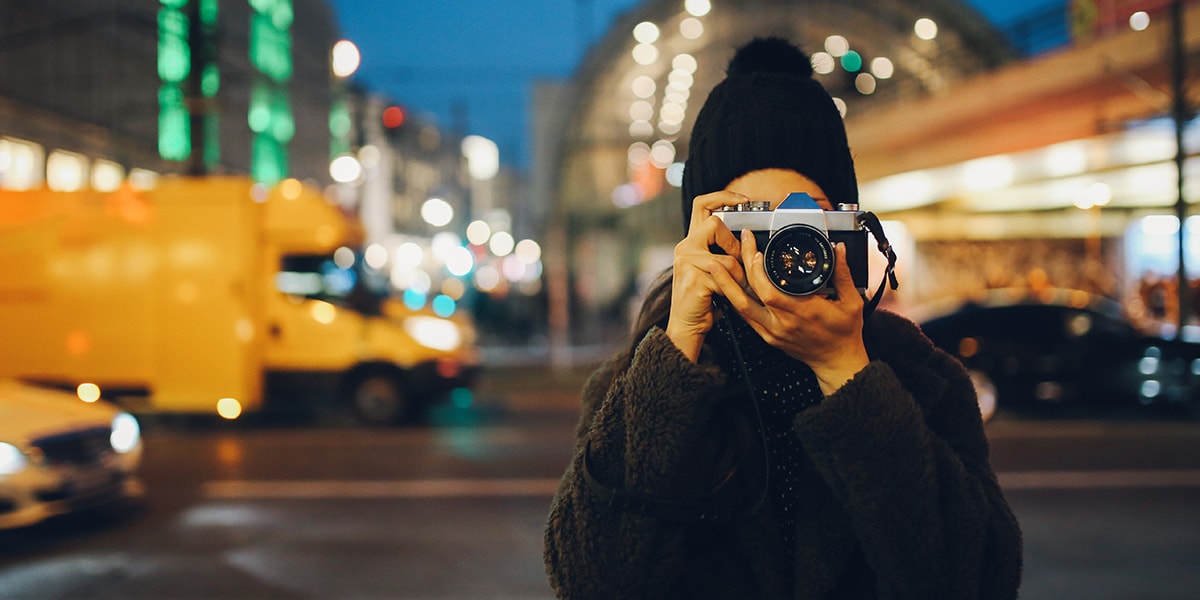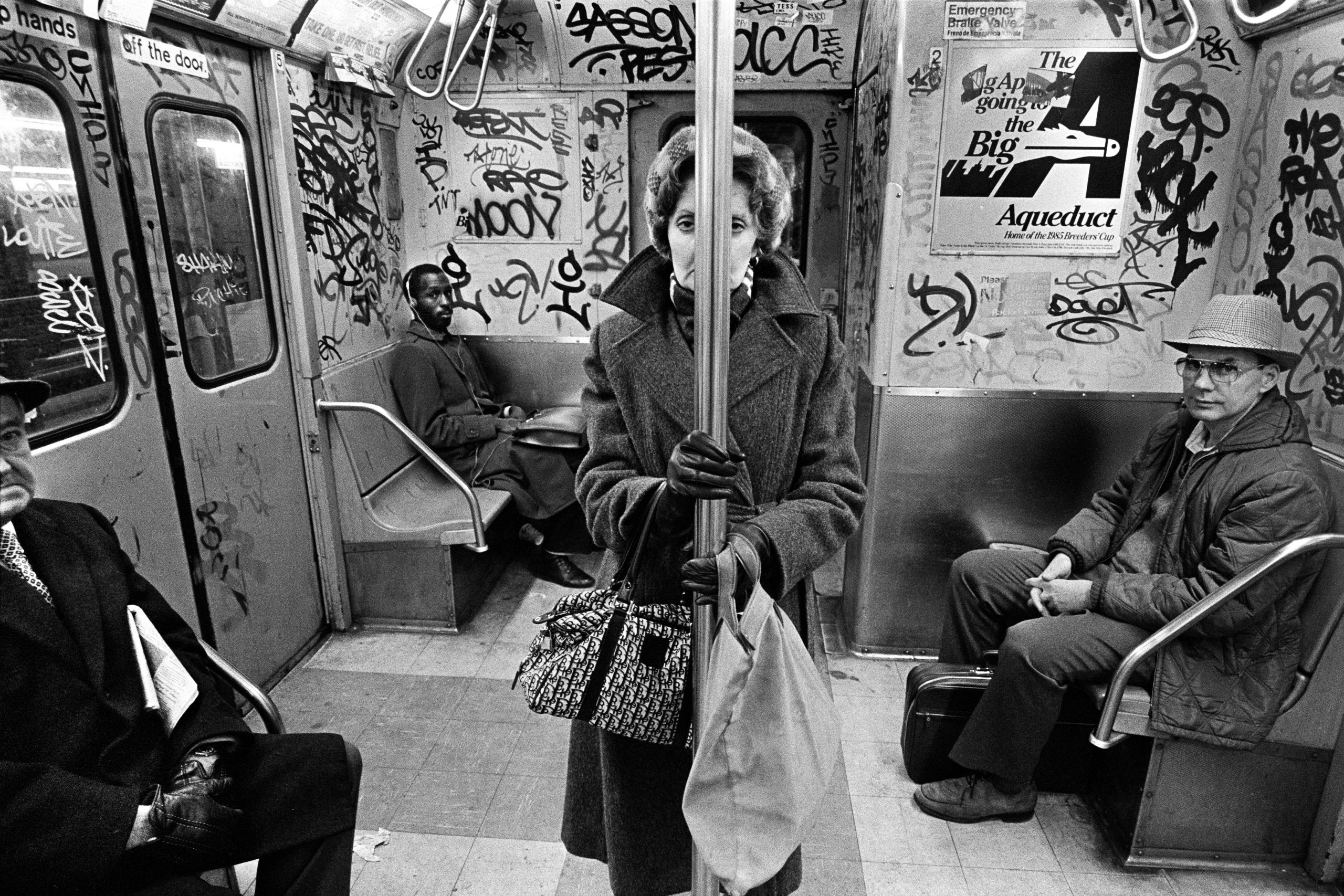Some Known Incorrect Statements About Street Photographers
Some Known Incorrect Statements About Street Photographers
Blog Article
The Main Principles Of Street Photographers
Table of ContentsThe Main Principles Of Street Photographers The Basic Principles Of Street Photographers Little Known Facts About Street Photographers.Street Photographers Things To Know Before You Get ThisEverything about Street Photographers
A style of photography that records everyday life in a public place. The actual publicness of the setup makes it possible for the photographer to take honest images of strangers, commonly without their understanding. Street digital photographers do not necessarily have a social purpose in mind, but they prefer to separate and capture moments which could otherwise go undetected (Street Photographers).He was influenced by numerous of those who affected the road professional photographers of the 1950s and '60s, he was not mainly interested in capturing the spirit of the road., that functioned side by side with professional photographers attempting to capture the significance of urban life.
While the professional photographers' subject was essentially the very same, the results were significantly various, showing the impact of the professional photographer's intent on the character of the pictures he produced.
Provided the fine top quality of his pictures and the breadth of material, architects and musicians often bought Atget's prints to make use of as referral for their own work, though business passions were barely his major motivation. Rather, he was driven to picture every last remnant of the Paris he enjoyed. The mingled passion and urgency of his mission shine through, leading to photos that tell his own experience of the city, top qualities that anticipated road digital photography of the 20th century.
Street Photographers for Dummies
They expose the city via his eyes. His job and fundamental understanding of digital photography as an art type functioned as inspiration to generations of photographers that complied with. The future generation of street digital photographers, though they likely did not refer to themselves because of this, was ushered in by the photojournalism of Hungarian-born digital photographer Andr Kertsz.
Unlike his peers, Brassa utilized a larger-format Voigtlnder camera with a much longer direct exposure time, compeling him to be extra calculated and thoughtful in his method than he may have been if using a Leica. (It is thought that he may not have actually had the ability to afford a Leica back then, however he did, however, use one in the late 1950s to take colour photographs.) Brassa's photographs of the Paris underworld illuminated by synthetic light were a discovery, and the compilation of the series that he published, (1933 ), was a significant success.
Cartier-Bresson was a champion of the Leica cam and among the first professional photographers to maximize its capabilities. The Leica enabled the digital photographer to connect with the environments and to capture minutes as they occurred. Its fairly small size also aided the photographer fade right into the history, which was Cartier-Bresson's recommended approach.
Rumored Buzz on Street Photographers
It is as a result of this fundamental understanding of the art of image taking that he is usually credited with finding the medium throughout once more roughly a century considering that its creation. He took photographs for greater than a half century and affected generations of photographers to trust their eye and intuition in the moment.
These are the inquiries I will attempt to respond to: more tips here And then I'll leave you with my very own meaning of road photography. Yes, we do. Let's begin with specifying what an interpretation is: According to (Street Photographers) it is: "The act of specifying, or of making something definite, distinct, or clear"
No, absolutely not. The term is both limiting and misdirecting. Sounds like a road photography ought to be images of a roads ideal?! And all street digital photographers, besides a small number of outright novices, will totally value that a road is not the crucial component to street photography, and really if it's a photo of a road with maybe a couple of boring people not doing anything of passion, that's not road photography that's a photo of a road.
Street Photographers Can Be Fun For Anyone
He makes a valid factor don't you believe? While I concur with him I'm not certain "honest public digital photography" will certainly capture on (although I do kind of like the term "candid digital photography") since "street digital photography" has been around for a long time, with several masters' names connected to it, so I think the term is here to stay (Street Photographers).
Inside?! I hear you shout as you shake your hand to the sky. Why not? You can shoot at the coastline, at a festival, in a street, in a park, in a piazza, in a cafe, at a gallery or art gallery, in a metro station, at an occasion, on a bridge, under a bridge ...

8 Easy Facts About Street Photographers Described

Report this page